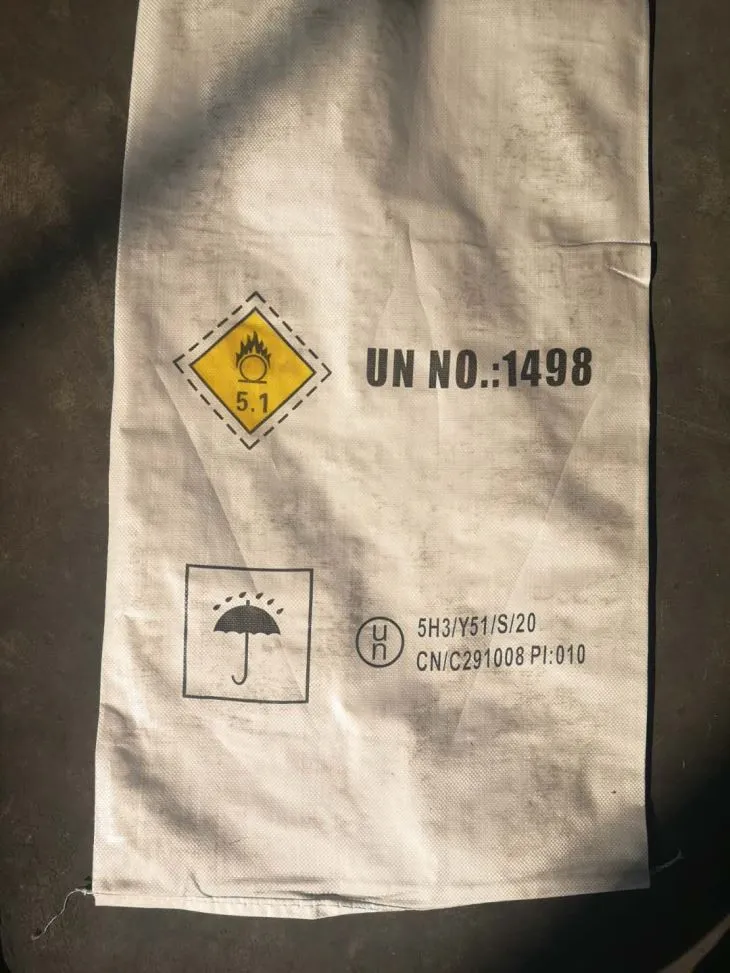



function of coagulation in water treatment
Coagulation is a crucial process in water treatment, designed to remove suspended solids, organic matter, and other impurities from water sources. This process is one of the first steps in the treatment of drinking water and wastewater and plays a vital role in ensuring water quality and safety for consumers.
The primary function of coagulation is to destabilize and aggregate fine particles that are present in water, making them easier to remove during subsequent treatment stages. In natural water bodies, suspended particles can include clay, silt, algae, and other organic and inorganic materials that can contribute to turbidity and quality issues. The coagulation process helps to reduce this turbidity, improving the clarity of the water.
Coagulation typically involves the addition of coagulants, which are chemical agents that promote the aggregation of particles. Common coagulants include aluminum sulfate (alum), ferric chloride, and polyaluminum chloride. When these substances are added to water, they react with the impurities, neutralizing their charges, which allows them to come together to form larger particles, or flocs. The formation of these flocs is essential as it sets the stage for the subsequent removal process, filtration, and sedimentation.
function of coagulation in water treatment

The effectiveness of coagulation depends on various factors, including pH levels, concentration of coagulants, and mixing conditions. Operators must carefully monitor and adjust these parameters to ensure optimal coagulation. For instance, the pH of the water can significantly affect the solubility and efficacy of coagulants; typically, a pH range of 6 to 8 is preferred for most coagulants. Additionally, the mixing conditions must create enough turbulence to promote effective contact between the coagulant and the suspended solids.
Once the flocs have formed, the next crucial step is sedimentation, where the denser flocs settle to the bottom of the treatment tank due to gravity. This process allows for the clearer water to be drawn off the top and proceed to filtration, removing any remaining solid matter. The end result is treated water that is free of a large majority of this particulate matter, significantly decreasing the risk of pathogens and contaminants.
In conclusion, coagulation is a fundamental component of water treatment that enhances water quality by effectively removing suspended solids and impurities. By incorporating the right coagulants and optimizing treatment conditions, water treatment facilities can provide safe, clean water for communities, thus safeguarding public health and the environment.
-
Why Sodium Persulfate Is Everywhere NowNewsJul.07,2025
-
Why Polyacrylamide Is in High DemandNewsJul.07,2025
-
Understanding Paint Chemicals and Their ApplicationsNewsJul.07,2025
-
Smart Use Of Mining ChemicalsNewsJul.07,2025
-
Practical Uses of Potassium MonopersulfateNewsJul.07,2025
-
Agrochemicals In Real FarmingNewsJul.07,2025
-
Sodium Chlorite Hot UsesNewsJul.01,2025










